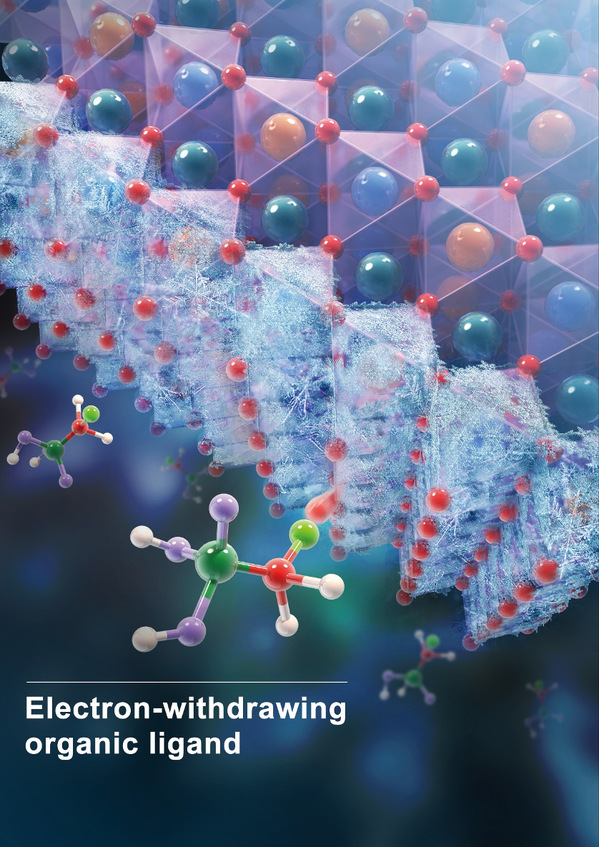Perovskite is currently the most promising new type of solar cell material. Perovskite-based ultra-efficient solar cells have been rated as one of the “Top 10 Breakthrough Technologies of 2024” by MIT Technology Review. The commonly used lead perovskite solar cells have achieved high photoelectric conversion efficiency, but they still have shortcomings in terms of environmental friendliness and spectral absorption range.
Compared with lead perovskite, tin-based perovskite has higher environmental friendliness and a wider spectral response range. In recent years, tin-based single junction and tandem perovskite solar cells have rapidly emerged as a new type of highly promising thin-film solar cell structure. However, the divalent tin ions in tin-based perovskite are prone to oxidation and result in increased defect density in the thin film, limiting the transport and diffusion of charge carriers. This is currently the key obstacle to improving the efficiency of tin-based perovskite cells.
Recently, the team led by Associate Professor Ning Zhijun in the School of Physical Science and Technology (SPST) proposed a strategy to adjust the electronic structure of perovskite surfaces by using “electron-withdrawing ligands”. The ligands’ electron-withdrawing effect reduces the energy level of tin-based perovskite, similar to the “freezing treatment” on the surface of perovskite, effectively inhibiting surface oxidation reactions. Based on this tin-based perovskite thin film, the team eventually achieved an efficiency of 27.3% (certified efficiency of 26.9%) for all perovskite tandem solar cells. This work was published online on January 12 in the renowned academic journal Nature Energy.

Schematic diagram of surface passivation effect of electron-withdrawing ligand
In Prof. Ning’s study, in collaboration with Assistant Professor Zheng Fan’s team in SPST, the researchers verified the effect of ligand structures on the surface band structure of perovskite through theoretical calculations. When the electrochemical characterization method was employed, it further indicated that the electron-withdrawing ligands increase the oxidation potential of tin adduct. Their results showed that the tin-based perovskite thin film containing electron-withdrawing ligands had lower defect density, higher luminescence intensity, and longer carrier lifetime. Ning’s team also collaborated with Assistant Professor Ji Qingqing’s team to construct field-effect transistors and carry out electrical measurements. They proved that the adjusted tin-based perovskite thin film had higher carrier mobility. Based on the study on this adjusted thin film, Ning’s team prepared narrow-bandgap tin-lead mixed perovskite solar cells, and further combined them with wide-bandgap perovskite cells to prepare all-perovskite-tandem solar cells, eventually achieving a conversion efficiency of 27.3%.
In the previous work, Ning’s group had already proposed the concept of suppressing the oxidation of tin-perovskite through low-dimensional structures with lower oxidation enthalpy. Based on this concept, they developed a quasi-2D structure tin-based perovskite solar cell material system, which has been widely used in the field of tin-based perovskite. In the current study, the use of the electron-withdrawing ligand provides a simple approach to further inhibit the oxidation of tin-based perovskite, offering an efficient method for improving the energy conversion efficiency of tin-based perovskite solar cells and at the same time, promoting the development of other tin-based perovskite optoelectronic devices.

